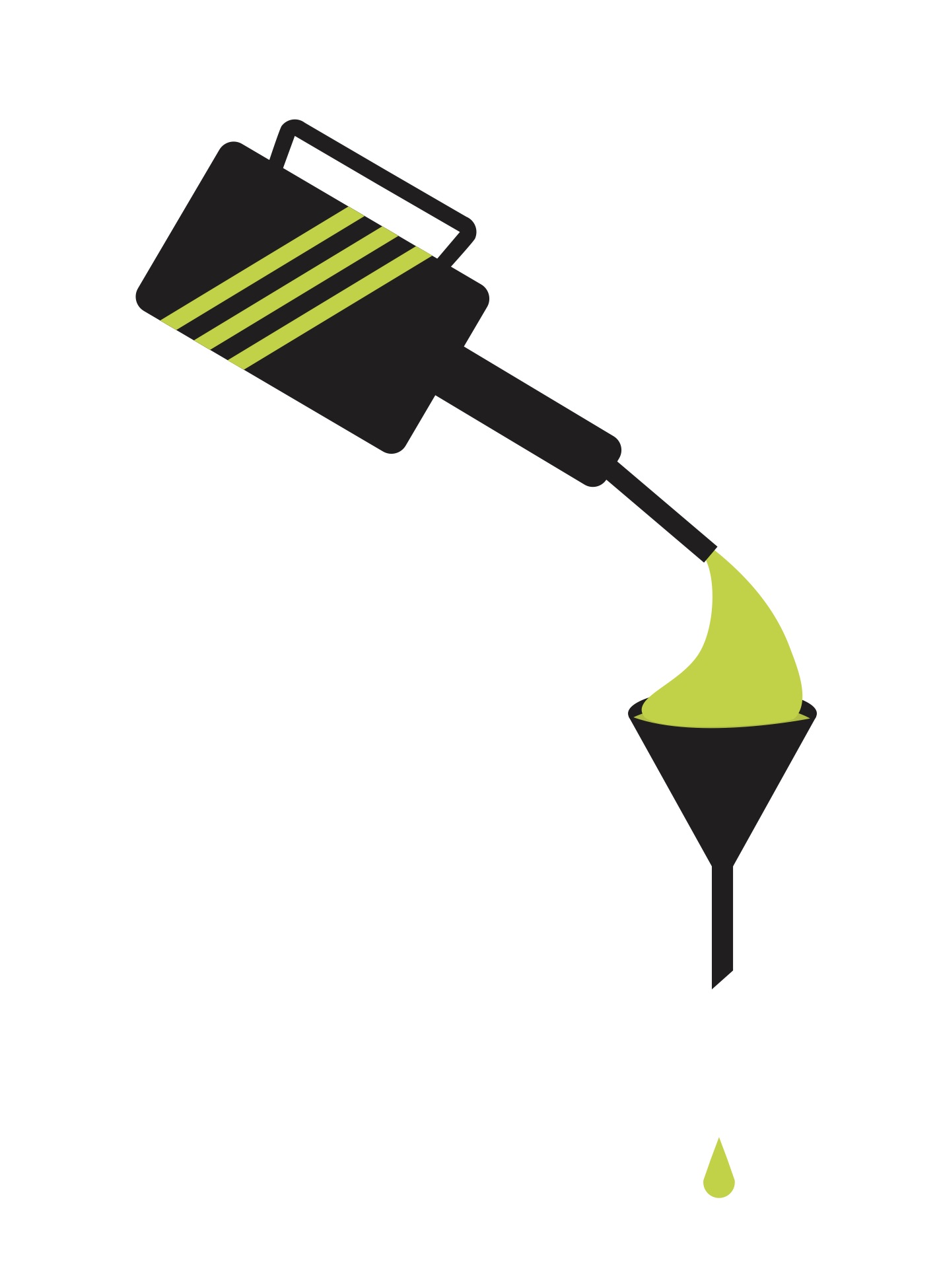The United Nations found the United States to regularly be in violation of the Convention against Torture in the aftermath of the September 11 attacks, using it to extract information from detainees, even though psychologists have known for decades that, aside from being cruel and inhumane, torture is also terribly ineffective. Even the country’s own army’s Field Manual on Interrogation from way back in 1992 concluded that torture is a “poor technique that yields unreliable results, may damage subsequent collection efforts, and can induce the source to say what he thinks the interrogator wants to hear.”
Evidence tends to paint a similarly negative picture of the trickle-down theory. This major component of supply-side economics suggests that lowering taxes on the wealthiest citizens and businesses will be good for working-class people too because the beneficiaries will have more capital to invest back into the economy, eventually translating to cheaper goods and more, higher-paying jobs for everyone. Neat!
When implemented in reality, the theory has almost uniformly made life worse for the working class as the rich hoard the extra capital, wages stagnate, and the loss of tax revenues is made up for with complementary cuts to spending, often falling on vital services like health care and education.
There is no better example of trickle-down’s failure than when Arthur Laffer, an economist whose work was foundational to the development of the theory in the ‘70s and ‘80s, was given the opportunity to redesign the state of Kansas’ tax policy from scratch in 2012. By 2017, Kansas was in such a fiscal disaster that it had to raid the state highway fund to make its debt payments, and schools were ruled by the state’s Supreme Court to be unconstitutionally underfunded. Meanwhile, it had the fifth-lowest job growth in the country. Then-Governor Sam Brownback didn’t even finish out the rest of his term, resigning a year early with a 24 per cent approval rating according to a Morning Consult poll.
In practice, using trickle-down to try and help people is like trying to find a cure for cancer by stuffing laboratory mice full of experimental pharmaceuticals — the outcome tends to be more cancer.
So too is the likeliest outcome of Alberta’s latest affair with trickle-down economics, considering the particular spending cuts made by the provincial government include several hundred nursing positions, a proposed medical research superlab, and thousands of other administrative jobs in the health sector. These, of course, are to offset the $4.7 billion cut to the corporate tax rate, which is said to be in service of one of the United Conservative Party’s (UCP) slogans: getting Alberta back to work. Why would governments such as Alberta’s cling to a theory that never seems to accomplish its goals?
After spending years documenting the United States’ use of torture, author and journalist Naomi Klein concluded that the only explanation for continued use of the technique in the face of its obvious uselessness is that its real purpose — for which it works quite well — is entirely different from its stated one.
“As an interrogation tool, torture is a bust,” she wrote in a 2014 article for The Nation, “but when it comes to social control, nothing works quite like torture.”
In this arrangement, the stated justification — that the torturee could have information vital to protecting American lives — was just a way to sell the policy to the public.
This might explain why trickle-down theory sounds so nice on paper. Determining its actual purpose is quite easy, however, because we already know who it actually benefits.
In Kansas, large corporations like the Wichita-based Koch Industries did receive untold hundreds of millions of dollars in trickle-down money, but instead of hiring more workers, it was spent on what corporations often spend it on: stock buybacks, dividends to shareholders, and executive salaries. Koch Industries also happened to be the largest contributor to Brown- back’s election and re-election campaigns in 2010 and 2014, and its owners even campaigned on behalf of the tax policy through the multiple think-tanks they fund.
In Alberta, while we have yet to see the overall effects, rhetorically much of the giveaways have been directed towards the $27 billion oil and gas industry, which undoubtedly has a pretty big influence on Albertan politics, and whose boosters like Canada Action campaigned openly for the UCP in last year’s election. To give an early anecdote of its effects, Husky Energy received an estimated $233 million extra for the 2019 fiscal year alone but decided to lay off 370 Albertan workers the same month the tax cuts were rolled out.
The U.S. Treasury estimates that 82 per cent of the benefits of trickle-down policies stay in the hands of the tiny fraction of the population that consists of shareholders and executives, but this is too obvious and consistent an effect to be considered a failure. It’s much more likely that the design from the beginning is to funnel money upwards, to wealthy political donors who are the biggest proponents of trickle-down in the first place.
Like torture, it’s cruel and inhumane, and, like torture, it works — just not how we’re told it’s supposed to.





0 Comments